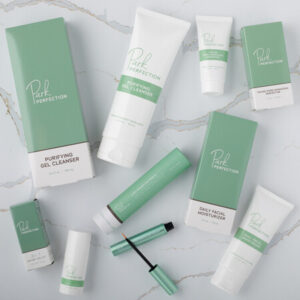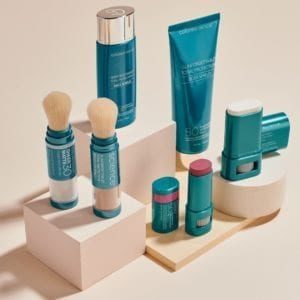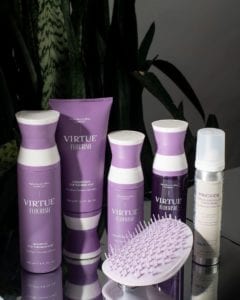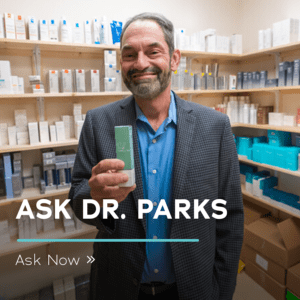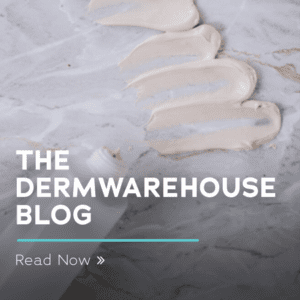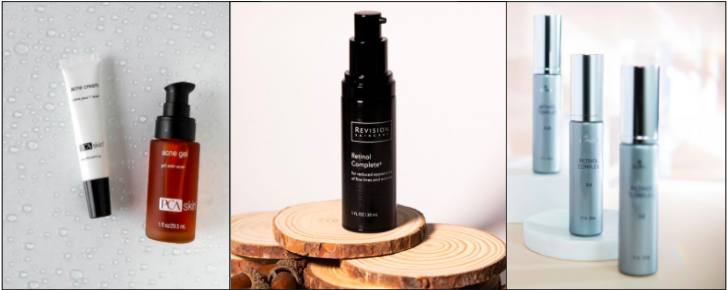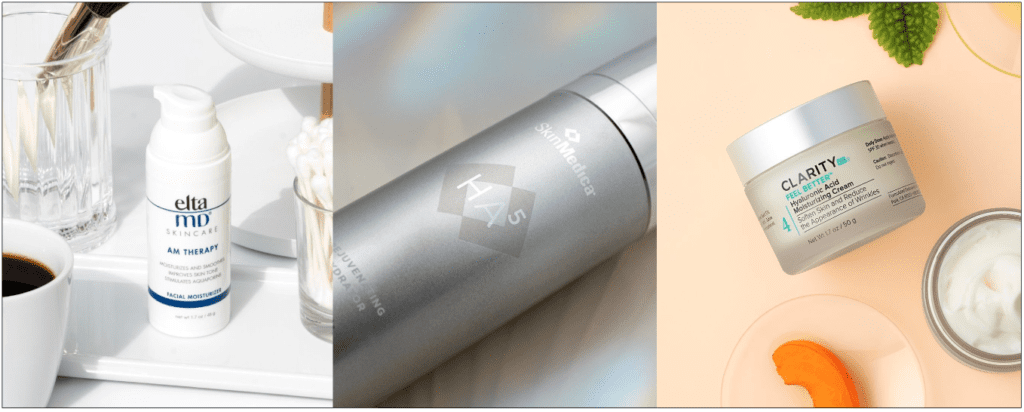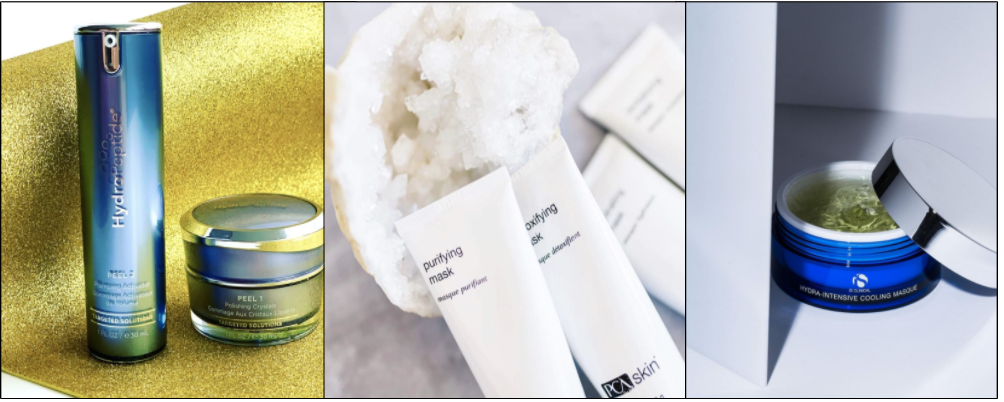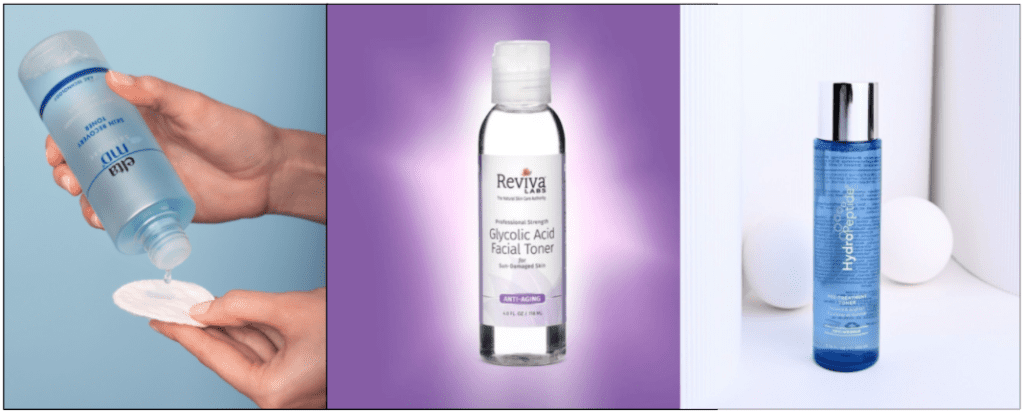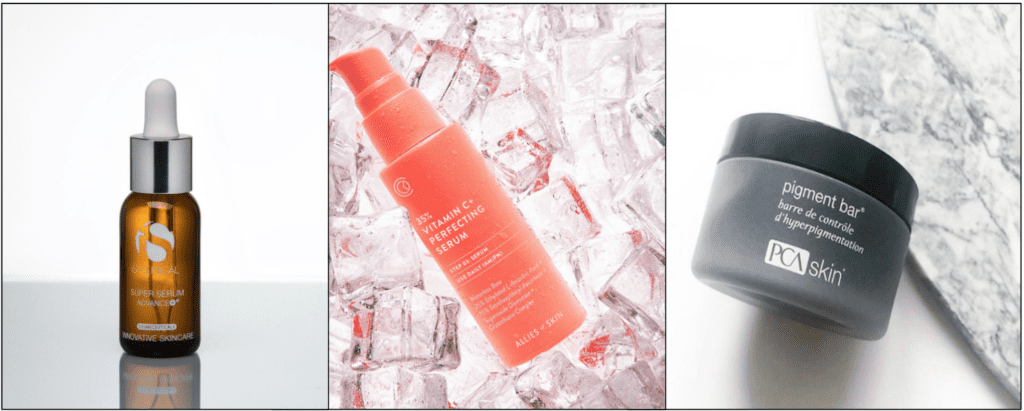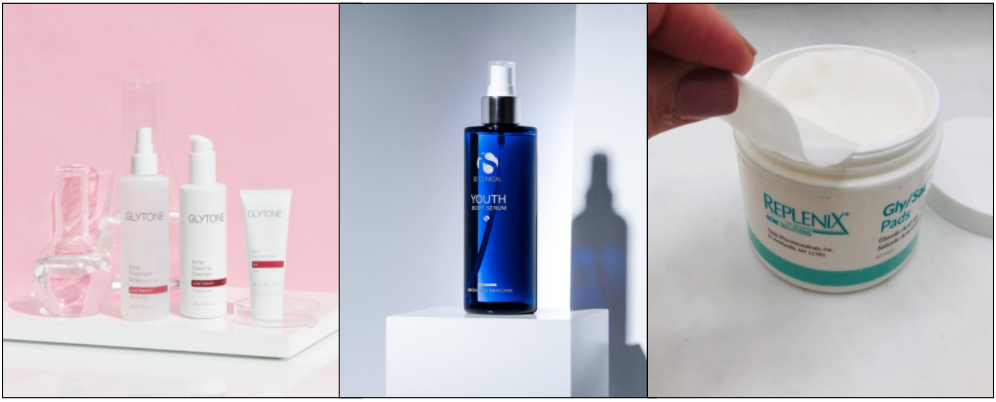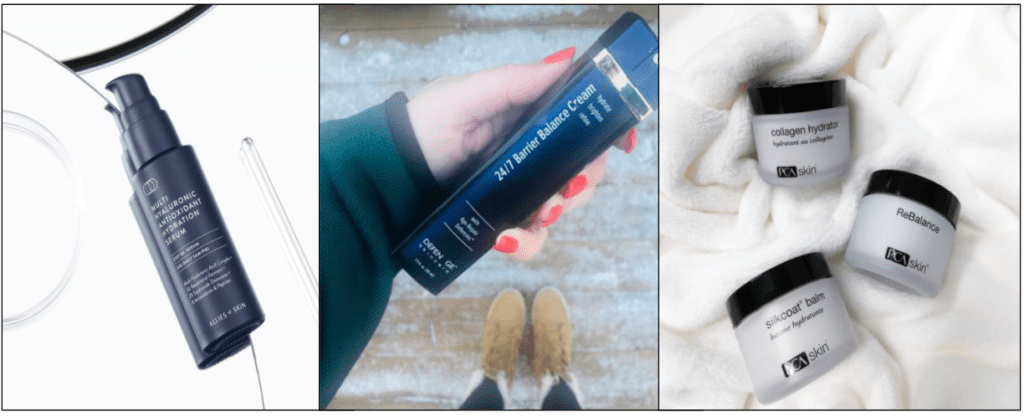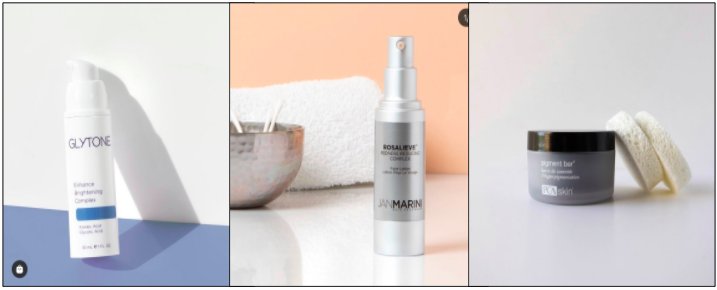It’s such a feeling of relief when that pimple that appeared on your chin one morning finally starts to fade. And then all of a sudden, you notice that where that pimple used to be now lies a scar. It can be frustrating once you’ve finally cleared your skin of breakouts, but the scars that were once pimples remain. Luckily, you have a couple of options when it comes to getting rid of acne scars.
Let’s first look into what actually causes acne scars. When your pores become clogged with dirt, excess oil, dead skin and bacteria, it creates a pimple, and as these pimples become more and more inflamed (sometimes with the help of picking your face), it causes a break in the follicle wall. Shallow scars will usually fade after some time, but they may leave a discolored mark in the meantime. For pimples that occur deeper in the skin, like cystic acne, the bacteria within the pore can spread into surrounding areas when the pimple is inflamed, leading to deeper scars that are more difficult to get rid of. Depending on the type of scar you’re seeing, the approach to healing these scars may be different. Let’s look at the different types of scarring and what steps you can take to heal them.
Hyperpigmentation: This is one of the more mild but common types of acne scars. Hyperpigmentation consists of discoloration in the spot where a pimple used to be, which occurs during the healing process after an inflamed pimple. This type of discoloration will usually fade and disappear over time, but it can be frustrating in the meantime. Luckily, it’s one of the easier post-acne marks to treat. Adding salicylic acid into your routine can be effective in treating hyperpigmentation, as it’s known to increase the rate of cell turnover and exfoliate the skin’s surface. Jan Marini’s Multi-Acid Resurfacing Pads are easy and amazing for scars, with salicylic acid, glycolic acid, lactic acid, mandelic acid, aloe vera extract and green tea extract. For a more targeted treatment, try PCA Skin’s Acne Gel with 2% salicylic acid. Retinol is also effective for this type of scar due to its ability to regenerate the skin and prevent new acne from forming. Revision Skincare’s Retinol Complete 0.5 is formulated with 0.5% retinol to brighten and smooth the skin- just be sure you’re wearing sunscreen during the day if you’re using retinol.
Keloids: These look like slightly raised bumps on the skin that occur when your body tries to heal the pimple after inflammation, but it produces too many cells that cause this bumpy mound. Keloid scars can be frustrating and take time to heal, but once they begin to flatten, they respond well to topical treatments like retinol and laser treatments. For a heavy-duty retinol treatment, try SkinMedica’s Retinol Complex 1.0. This formula contains 1% retinol that helps to renew and restore skin and can be effective in treating acne scars.
Icepick scars: Icepick scars usually form from more severe acne. They occur when your skin loses collagen and cause a “hole” where the spot was, leaving tiny indentations in the skin. This type of scar can be more difficult to treat. You can promote healing of icepick scars by going in for a chemical peel that causes the skin to resurface itself, or through laser treatments that your dermatologist can perform.
Rolling scars: These scars appear like a wave or like they’re “rolling”, giving your skin a bumpy texture. These scars usually occur from long-term acne, and may actually become more apparent as you get older and your skin begins to lose elasticity. For rolling scars, one of the most effective ways to promote healing is through your derm performing laser treatment to target scar tissue and stimulate collagen production. This process usually takes a couple of sessions.
Boxcar scars: Boxcar scars are shallow lesions with sharper edges that sometimes follow from inflammatory acne. They can be difficult to treat, but can be healed through procedures with your dermatologist. For example, your derm can perform subsicion on your boxcar scars, which involves using a needle under the skin to break up the tougher scar tissue. Your derm may also suggest laser treatments that help to stimulate collagen production and cause the skin to plump itself up again.
No matter what you decide to do for your acne scars, remember that they’re a common thing that many people experience and there is no shame in having them. If you have any questions about any of the treatments listed about, please reach out!

